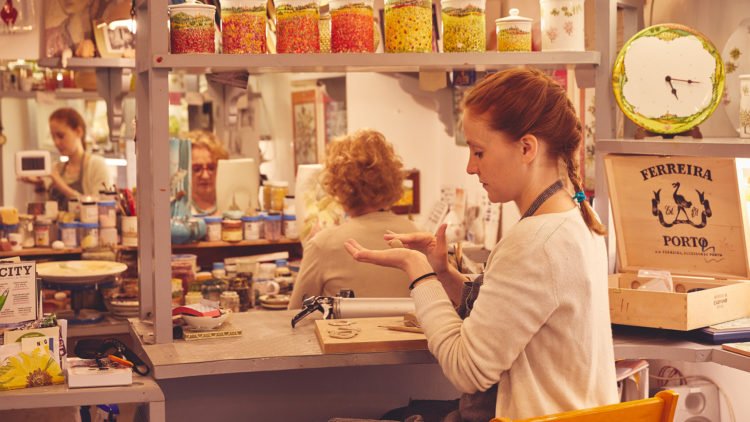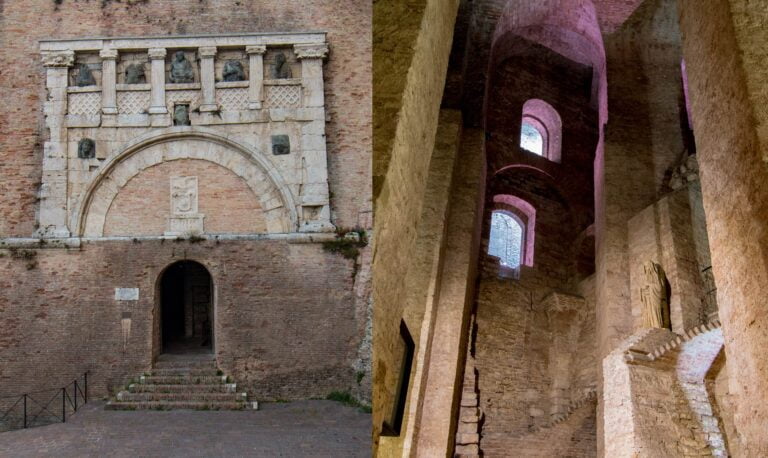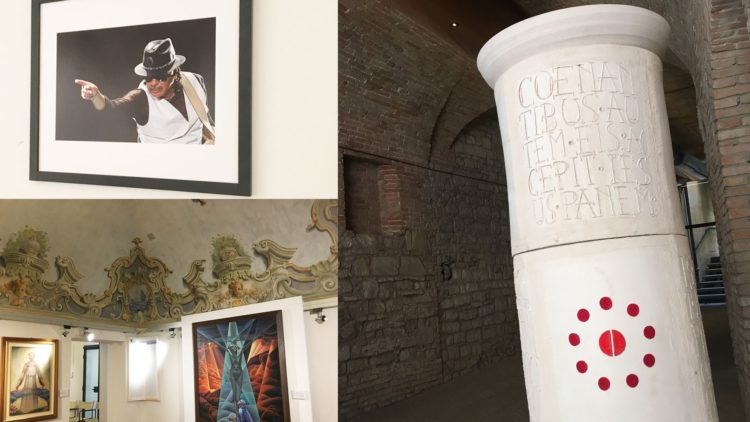Fagiolina Del Trasimeno: The Little Bean That Could
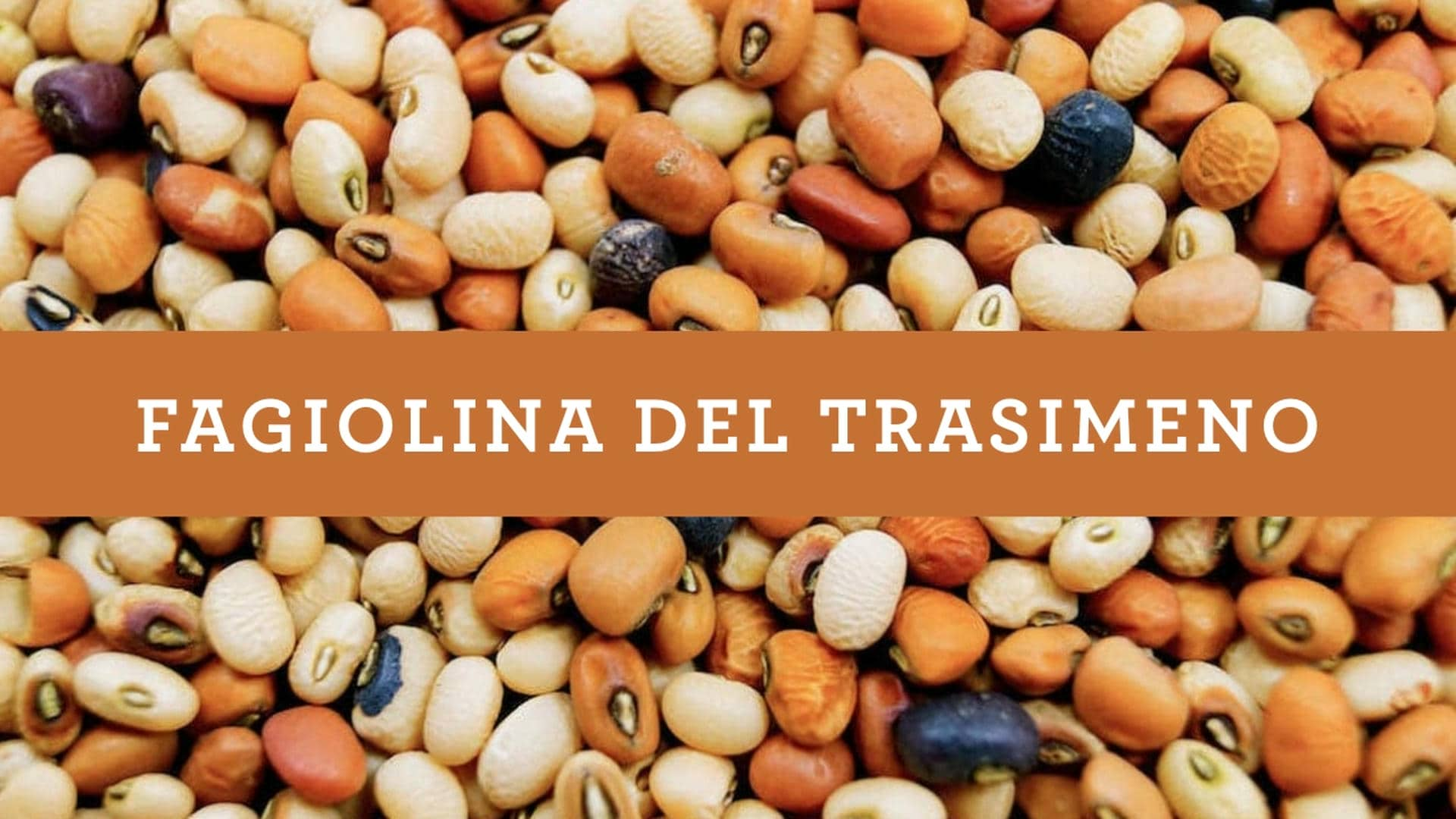
Since 300 BC, a tiny bean called La Fagiolina del Trasimeno has been grown along the humid shores of Lake Trasimeno in Umbria. First planted here by the Etruscans, the variety was nearly extinct by the 1950s. Having survived the rise and fall of civilizations, barbarian invasions, the Black Plague, two world wars, and roughly thirteen centuries of civil instability, this nutrient-packed little treasure, became a victim of the modern age. Post-war migration away from the countryside and the inevitable planting of more lucrative crops nearly ended its more than 2,000-year reign.
In more recent times, this underdog food staple has made a comeback of sorts. With a little help from the University of Perugia’s School of Agriculture, a few family farms are still growing these tender, buttery, nutty flavored beans. Fagiolina del Trasimeno is now a Slow Food Presidia. A generous serving of passion and determination also helped this bean’s revival. Nearly every stage of labor-intensive cultivation is still done by hand. Sowing, harvesting, drying in the sun, then separating the beans from finger-thin pods, using a special stick to gently coax them out. And just for good measure, the beans ripen unevenly requiring multiple passes through the bean field each harvest.

According to Flavio Orsini, Fagiolina del Trasimeno once sustained countless generations of poor farmers. To survive the lean winters, sharecroppers would plant the beans among the marshy reeds—hiding their precious crop from greedy landowners. With no meat on the table, they knew they could count on the bean’s nutritive power—50% more fiber, 20% more fat, and 15% more protein than many beans that are twice the size. I met Flavio a few years ago when we stopped by his farm, entirely unannounced. We parked next to a hodge-podge of farm vehicles just as Flavio’s wife Alessandra was emerging from behind a few bales of hay. She welcomed us warmly, and as we rounded the corner of the farmhouse, we caught a breathtaking view of Lago Trasimeno with Isola Maggiore rising from the mist.
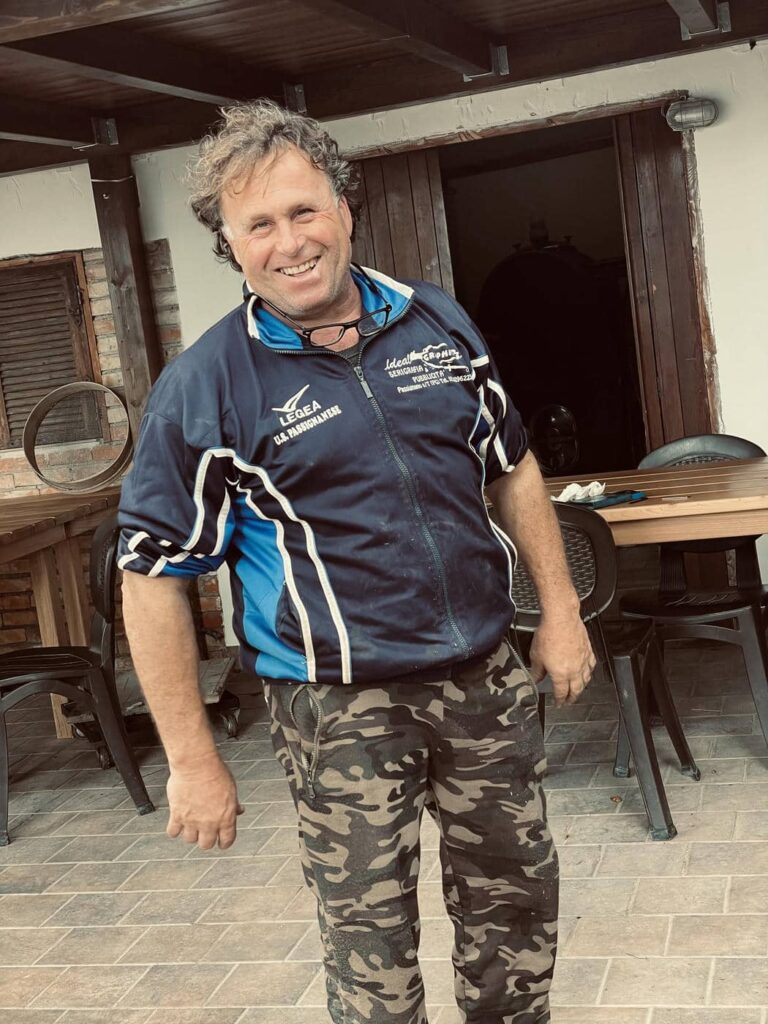
And there was Flavio, who I’d seen before but only in a video, unmistakable with his curly mop of salt and pepper hair, made even more unruly by the wind coming off the lake. Obviously busy, he was troubleshooting the mechanical failure of an olive shaker—tinkering with the bolts as he talked on his cellphone. But as we approached, his eyes lit up and a smile took over his face. It was as though he’d been expecting us for a lifetime, and we had finally arrived. Flavio was ready to talk, and not only about his fascinating little beans, but also about the socio-economic cycles of farming, and land ownership, human nature, grapevines, and previously unknown olive cultivars. Gesticulating with hands that have clearly worked the land, Flavio spoke like a university professor. He’s like a veritable font of creative energy and passion, with no shut-off valve—and very charming too! Had it not been for our lunch reservation, we may have stayed for a second glass of what he called his “Vino del Contadino,” (farmer’s wine). It was 15% alcohol. The first glass went down by 11:00 am.
These curious-looking legumes come mixed in a range of colors but are sometimes sold in bags of only the white beans. It may be hard to find them outside of Umbria. Osteria a Priori ships internationally. If you are in Perugia stop into Antica Spezieria Bavicchi for the beans and much more!
Thankfully, cooking them is a simple endeavor. There is no need to soak them. With very little effort they can be tossed in salads, made into a bruschetta topping, added to soups, or just eaten plain with a simple seasoning of Umbrian olive oil, salt, and pepper.
Here’s a recipe from our friends at Olivando.
To try Fagiolina del Trasimeno, Join us on our Taste Perugia Food Tour
Read our blog posts
-
Shopping in Perugia: Materia Ceramica
If you are shopping in Perugia, you’ll find a world of small shops and local restaurants on Via dei Priori…
-
Ruthless Popes & Restless Nobles: The story of Perugia’s Rocca Paolina
Standing in Giardini Carducci, Perugia, with its 360-degree views of the rolling Umbrian countryside, it’s hard to imagine that directly…
-
Palazzo della Penna: One of Perugia’s Hidden Museums
The Civic Museum at Palazzo della Penna in Perugia (Museo Civico Palazzo della Penna) is worth a visit not only…
